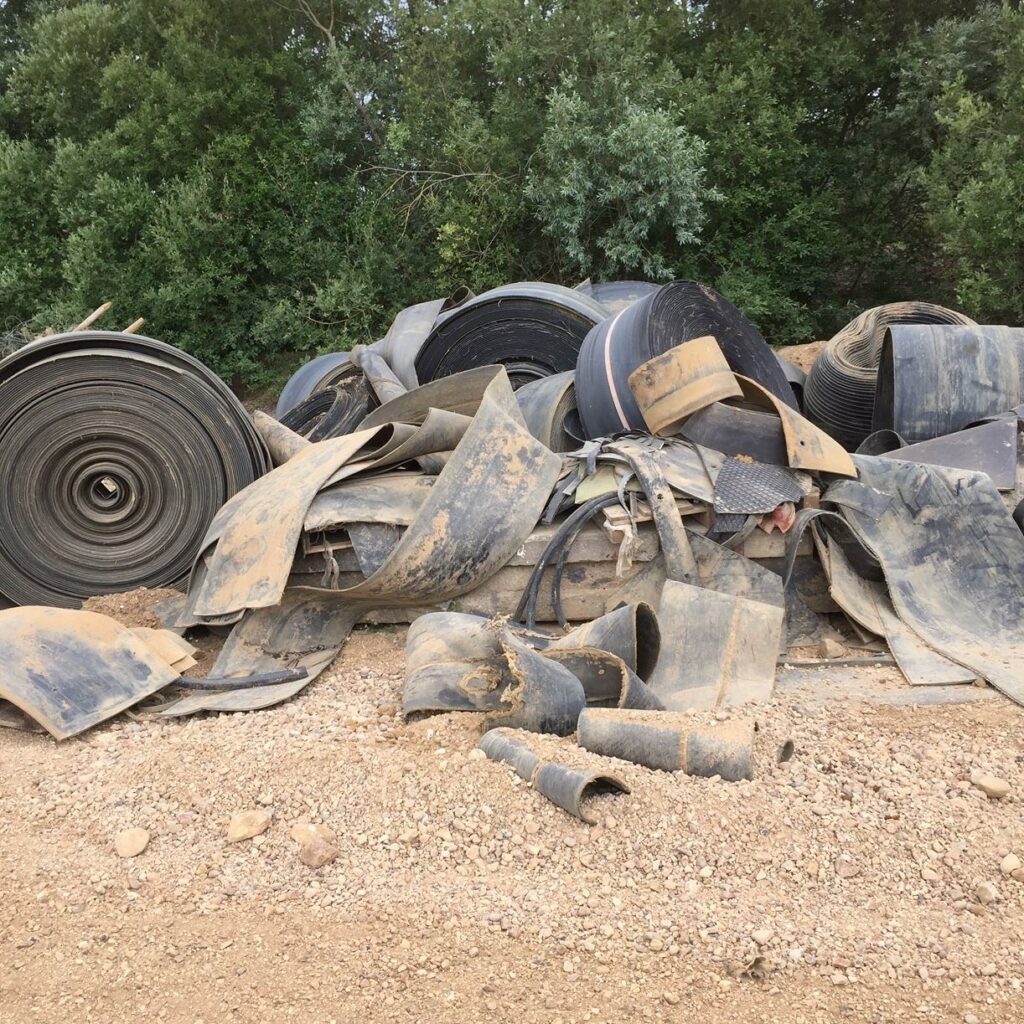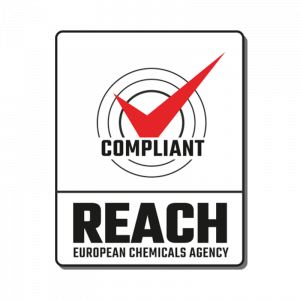DUNLOP AND THE ENVIRONMENT – ACTIONS SPEAK LOUDER THAN WORDS
Never before have the environmental issues facing the world presented a greater challenge. Sadly, far too many companies and organisations seem to place more importance on being ‘seen to be green’ rather than actually making genuine efforts. Here is a brief insight into the very real things that we are doing in Dunlop Conveyor Belting.
We focus on three key areas; product life cycle, our products’ environmental impact and production processes. The amount of conveyor belting used (and discarded) annually represents the single biggest influence on the industry’s carbon footprint. Some 45,000 kilometers of non-biodegradable polyester and nylon fabric is manufactured and ultimately discarded every year, which is more than the circumference of our planet. Very conservatively, this represents some 150,000 tons in weight each year in Europe alone. The biggest single impact we can have is to continue to produce conveyor belts that can be used for up to four or five times longer than our competitors. Extending the product life cycle effectively reduces the amount of conveyor belting that needs to be manufactured in the first place while at the same time dramatically reducing the amount of worn out and damaged belt that is being consigned to the scrapheap and ultimately to landfill.
The impact this can have on the environment is truly amazing because it represents some 75,000 tons of conveyor belting that would not need to be made and transported thousands of kilometers each year. It also means that some 75,000 tons of rubber, polyester, nylon and all the associated chemicals would not have to be disposed of, most of which would be in a landfill.
 Good quality belts can more than halve the amount of belt that ends up on the scrapheap.
Good quality belts can more than halve the amount of belt that ends up on the scrapheap.
The environmental impact of our products
The second aspect that we focus on is the chemicals and ingredients used to create the rubber and the lasting environmental impact that they can have on the environment, both in the short term and in the future. It is extremely dangerous in their own right. Fortunately, as far as Europe is concerned, there are very strong regulations designed to protect humans, wildlife and the environment in the form of REACH.
REACH Regulation places direct responsibility on the industry to manage the risks from chemicals and to provide safety information. Dunlop Conveyor Belting was the first major manufacturer of conveyor belts to achieve REACH compliance and we have remained its leading advocates ever since. Unlike a great many of our competitors, we manufacture our own rubber. This enables us to comply with these regulations compared to most other belt manufacturers because we have full control over everything that we do.
Accountability and responsibility
Sadly, many European conveyor belt manufacturers have chosen to ignore REACH, either completely or at least partially because of the impact on production costs. Worse still, although the majority of conveyor belting is imported from South East Asia, primarily China, manufacturers located outside of EU member states and the UK are not subject to REACH regulations or even EU regulations concerning the use of Persistent Organic Pollutants (POPs). They are therefore free to use unregulated raw materials even though those same materials may be entirely prohibited or at least have strict usage limitations within Europe.
The production process
Much of the machinery used to manufacture rubber industrial conveyor belts is old and not always as energy efficient as it could be. However, at Dunlop Conveyor Belting, we have invested many millions of euros replacing outdated machines and building new, technically advanced production lines. This reduces our carbon footprint by using less energy.
Finally, we have introduced new products such as our single-ply Ultra X range of belts that possess many environmental advantages. Firstly, having a single-ply construction helps to maximise production efficiency and minimises the amount of power consumed. Another advantage is that having a thinner but stronger carcass reduces the amount of rubber and polyester and nylon fabric used in the manufacturing process, all of which helps to reduce its carbon footprint.
Side by side with nature
Practical examples of how our products have less impact on the environment include the fact that because of the high-quality rubber we use to make our products, our conveyor belts make much less noise when in motion compared to their lower-grade rivals. An example of this can be witnessed in St. Neots in the UK where a quarry is situated beside a local wildlife reserve. Operations and maintenance staff have reported a 50% reduction in noise levels more than after changing to Dunlop belts. Yet another example is how, because of their superior strength to weight ratio, Dunlop Ultra X belts act as floating barriers that are being used to gather up plastic waste floating on rivers and oceans across the world. In Dunlop, when it comes to the environment, actions speak louder than words.

 Belts manufactured outside of the EU and UK are free to use unregulated raw materials read more about REACH
Belts manufactured outside of the EU and UK are free to use unregulated raw materials read more about REACH